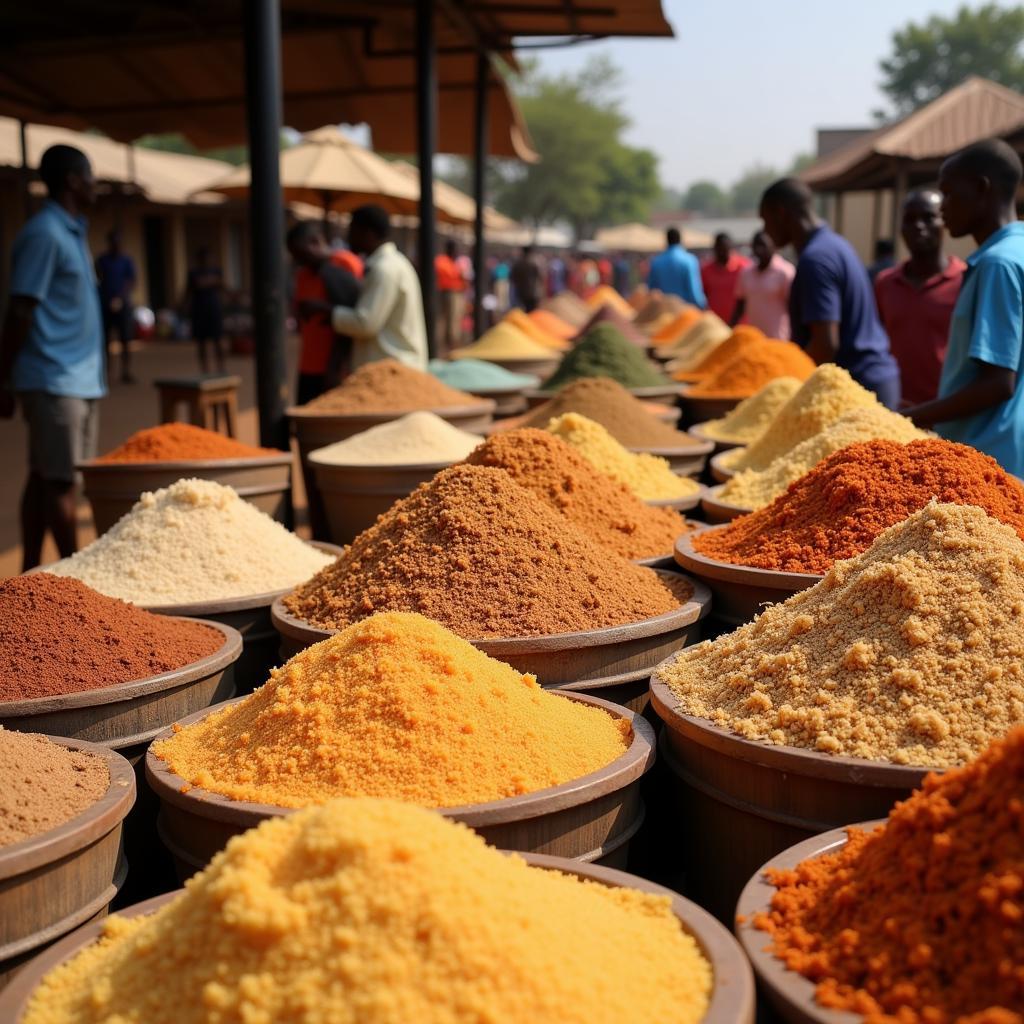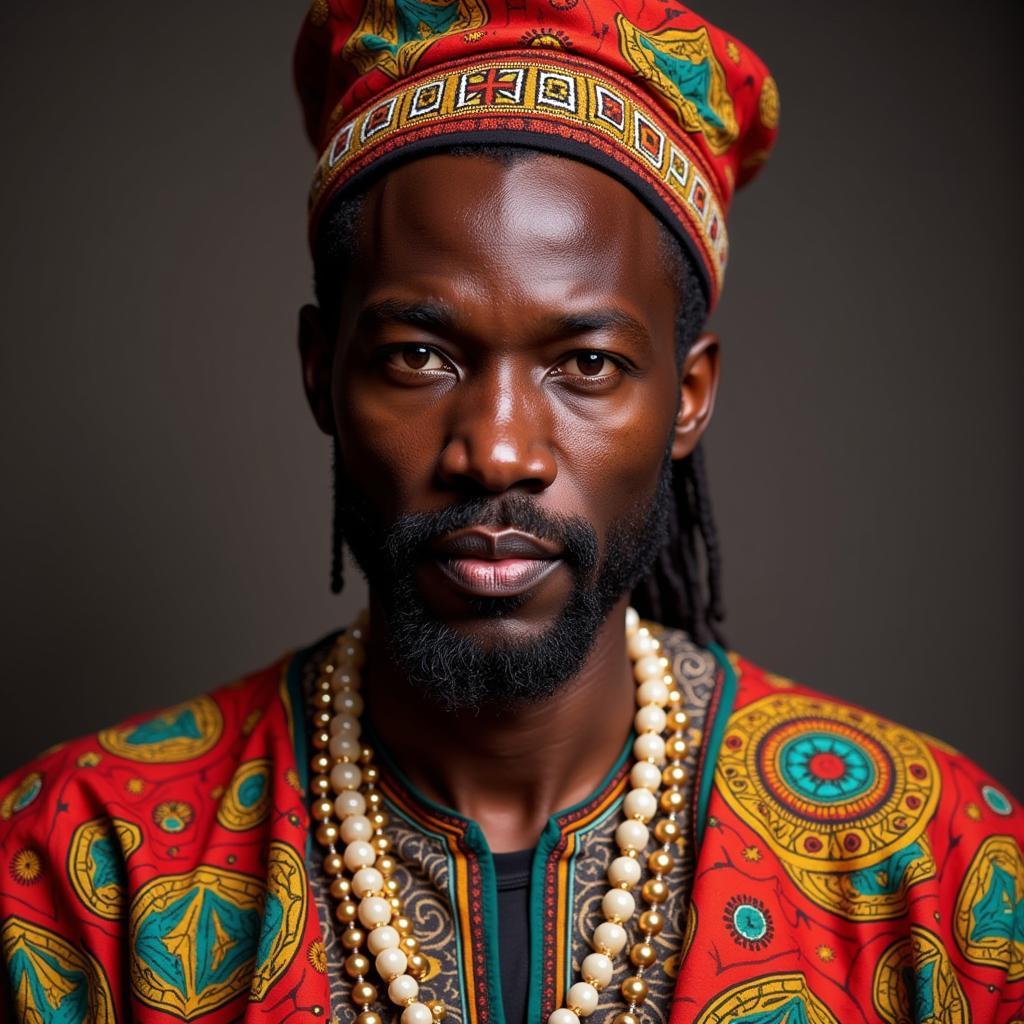African Bull Photography: Capturing the Majesty of Giants
African Bull Photography offers a glimpse into the powerful and majestic world of these iconic animals. From their imposing size to their intricate social structures, African bull elephants are a captivating subject for photographers of all levels.
This article explores the art of capturing stunning images of African bulls, providing insights into their behavior, ideal photographic settings, and techniques for creating compelling compositions that showcase their magnificence. Whether you are a seasoned wildlife photographer or an enthusiastic beginner, this guide will equip you with the knowledge and inspiration to capture breathtaking images of these giants in their natural habitat.
Understanding the African Bull Elephant
African bull elephants are the largest land mammals on Earth, with males weighing up to 6,000 kilograms. They are instantly recognizable by their massive size, long ivory tusks, and wrinkled skin. However, beyond their physical presence, African bulls are highly intelligent creatures with complex social lives.
Bulls live in a matriarchal society, typically leaving their family herds around the age of 12-15 years old. They then roam in bachelor herds or as solitary individuals, often traveling vast distances in search of food and mates. Understanding their behavior is crucial for photographers seeking to capture authentic and compelling images.
The Importance of Tusks in African Bull Photography
The impressive tusks of an African bull elephant are a defining feature and a prized target for poachers. Made of ivory, these tusks are actually modified incisor teeth and continue to grow throughout the elephant’s life. They are used for a variety of tasks, including digging for water, stripping bark from trees, and for defense against predators or rivals.
When composing your photographs, pay close attention to how the bull uses its tusks. A bull using its tusks to dig for water presents a different story than one using them to spar with another bull. These details can add depth and meaning to your images.
Where to Photograph African Bull Elephants
Africa is a vast continent, but certain regions are renowned for their high concentrations of elephants and offer unparalleled opportunities for observing and photographing these magnificent creatures. Here are a few notable destinations:
-
Amboseli National Park, Kenya: Famed for its iconic backdrop of Mount Kilimanjaro, Amboseli offers excellent opportunities to photograph large herds of elephants against stunning landscapes.
-
Chobe National Park, Botswana: Known for its high concentration of elephants, Chobe boasts diverse habitats, from lush floodplains to arid woodlands, providing unique photographic opportunities.
-
Hwange National Park, Zimbabwe: Home to one of the largest elephant populations in Africa, Hwange is a haven for wildlife photographers seeking intimate encounters with these gentle giants.
Techniques for Stunning African Bull Photography
Capturing the essence of an African bull elephant in a photograph requires more than just pointing and shooting. Here are some techniques to elevate your photography:
-
Patience is Key: Elephants have their own rhythms and routines. Allow yourself ample time to observe their behavior and anticipate photographic opportunities.
-
Composition is Crucial: Use the rule of thirds, leading lines, and natural framing to create visually appealing and balanced compositions.
-
Capture the Light: The golden hour, during sunrise and sunset, offers soft, warm light that can enhance the texture and detail of your elephant subjects.
-
Tell a Story: Look for moments that convey emotion, behavior, or interaction. A bull drinking at a waterhole with its reflection shimmering in the water tells a more compelling story than a static portrait.
Conclusion
Photographing African bull elephants is a privilege and an unforgettable experience. By understanding their behavior, respecting their space, and mastering a few key techniques, you can capture stunning images that convey the power, grace, and majesty of these magnificent creatures. Remember, every photograph has the power to tell a story, and in the case of African bull elephants, it’s a story that deserves to be shared with the world.
FAQ
What is the best time of year to photograph African bull elephants?
The dry season generally offers the best wildlife viewing opportunities, as animals congregate around water sources. However, each season has its own unique beauty and photographic potential.
What lens is best for African bull photography?
A telephoto lens with a focal length of at least 300mm is recommended for capturing close-up shots of elephants while maintaining a safe distance.
Is it safe to photograph African bull elephants?
While generally peaceful animals, elephants can be unpredictable. Always maintain a safe distance and follow the guidance of experienced guides.
For further information about African wildlife and photography tips, explore our related articles on african elephant hd images, african bull elephant weight and african elephant weight.
We encourage you to share your own experiences and photographs of African bull elephants in the comments section below!
Need help planning your African safari? Contact us at +255768904061, email us at kaka.mag@gmail.com, or visit our office in Mbarali DC Mawindi, Kangaga, Tanzania. Our dedicated team is available 24/7 to assist you.



